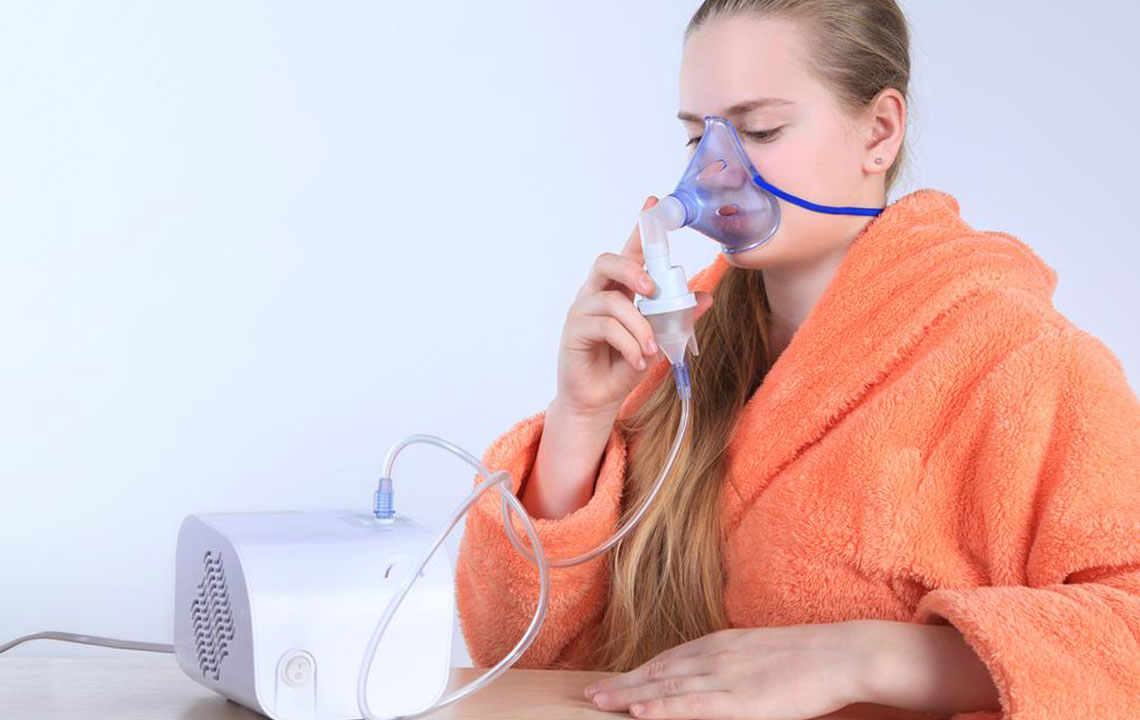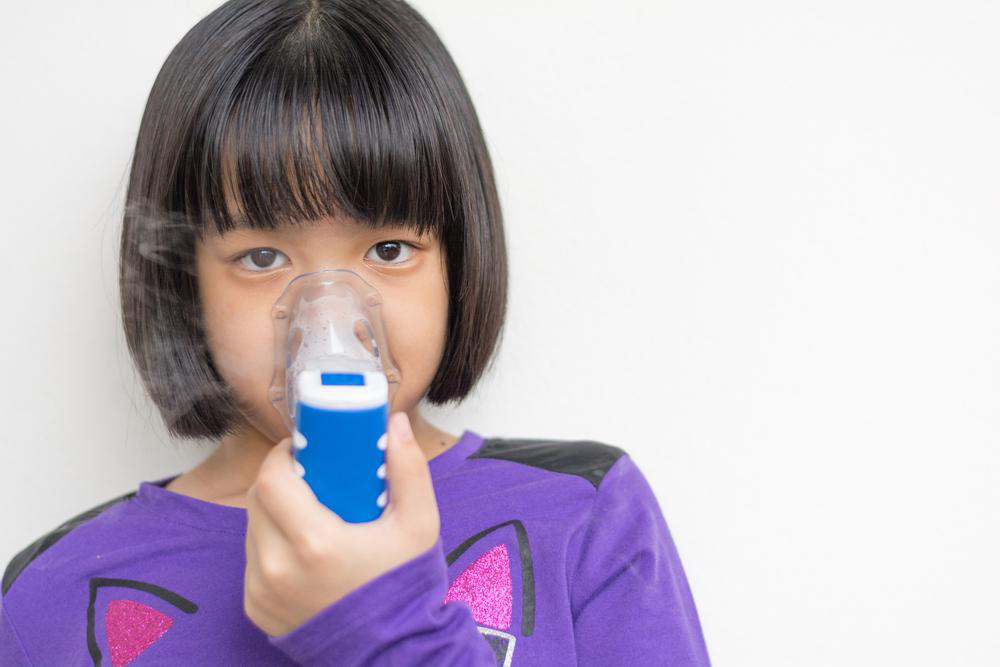Glycopyrrolate with Formoterol: Benefits, Precautions, and Potential Risks
This article explores the uses, precautions, and possible side effects of combining glycopyrrolate with formoterol, a medication used for respiratory conditions and ulcer treatment. It emphasizes the importance of medical supervision, discusses potential adverse reactions, and highlights safety tips for effective management. Suitable for patients with COPD and related health needs, the guide helps users understand proper usage to avoid complications and ensure safe treatment outcomes.

Glycopyrrolate with Formoterol: Benefits, Precautions, and Potential Risks
This medication combines glycopyrrolate and formoterol, commonly used to manage respiratory conditions and ulcers. It is also effective in reducing excessive salivation caused by other medications. Known by brand names like Glycate, Robinul Forte, Robinul, and Cuvposa, this combo offers targeted benefits.
Intended Uses
Patients with chronic obstructive pulmonary disease (COPD) rely on this medication to ease breathing difficulties such as shortness of breath and wheezing. Inhalation relaxes airway muscles, facilitating smooth airflow, allowing users to carry out daily activities without interruption.
Being an inhaler, glycopyrrolate is portable and can serve as a rescue tool for sudden breathing issues. It belongs to the anticholinergic class and must be used under strict medical supervision. Overdose risks are serious, so always follow prescribed dosages.
Precautions to Observe
Glycopyrrolate with formoterol is prescription-only and should not be self-administered. Allergies and medical history, including cardiac issues, hypertension, thyroid conditions, seizures, diabetes, or urinary concerns, should be thoroughly discussed with your healthcare provider. Those with a family glaucoma history should alert their doctor.
Some patients might experience heart rhythm alterations, which usually resolve in a few days. Persistent issues warrant medical review for dosage adjustments. Pregnant women should generally avoid using this medication unless deemed essential by a healthcare professional.
Possible Side Effects
Side effects vary among users. Common reactions include skin rashes, itching, nausea, and drowsiness. More serious effects can involve elevated blood pressure, breathing difficulties, wheezing, muscle cramps, increased thirst, urination problems, or urinary retention. If side effects persist or worsen, consult your physician promptly. Interaction with other drugs can heighten risks, so disclosure of all medications is crucial.
Glycopyrrolate is strictly prescription-based. In overdose situations, seek immediate medical attention or call emergency services.










